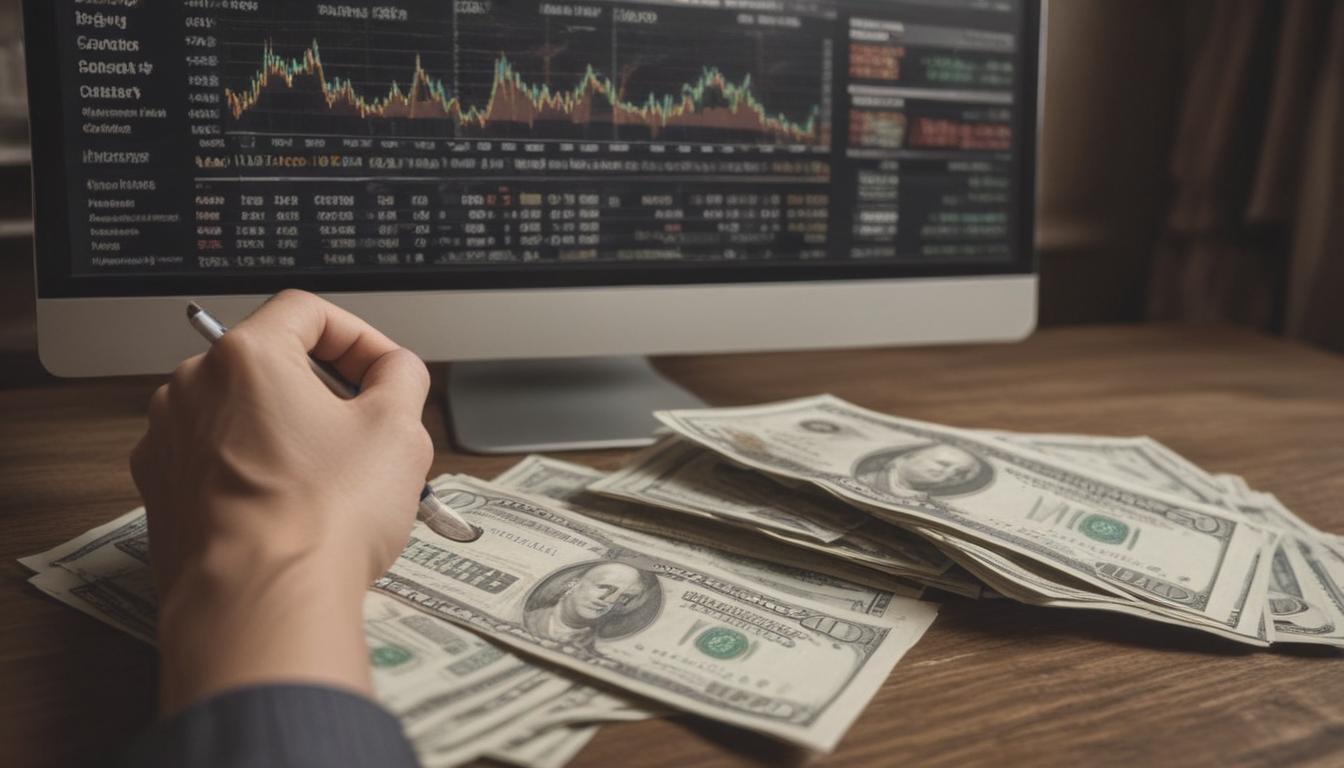Now Reading: Dividend Investing for Passive Income
- 01
Dividend Investing for Passive Income
Dividend Investing for Passive Income

Understanding Dividends Your Guide to Earning Income from Stocks
Does investing in the stock market feel like a high-stakes game reserved for experts? You hear about the thrill of buying low and selling high, but the constant monitoring and volatility can be overwhelming. Maybe you’re looking for a way to make your money work for you that doesn’t require you to be glued to your screen, a strategy that provides a more predictable return. You want to build wealth steadily, but the path seems complicated and full of jargon.
There is a powerful and often more straightforward way to profit from stocks that savvy investors have used for generations. This method is all about earning a regular income stream directly from the companies you invest in. We are talking about dividends. Think of them as a thank you payment, a reward for being a loyal part-owner of a business. This guide will demystify the world of dividends, showing you how they work, why they matter, and how they can become a cornerstone of your financial strategy, turning your investments into a source of consistent income.
What Are Dividends A Reward for Shareholders
At its core, a dividend is a distribution of a portion of a company’s earnings to its shareholders. When a public company turns a profit, its board of directors has a choice to make. They can reinvest all the money back into the business to fuel further growth—by developing new products, expanding into new markets, or paying down debt. Alternatively, they can choose to share some of that profit directly with the people who own the company’s stock. This shared profit is the dividend. It is a tangible return on your investment and a direct signal of a company’s financial health and stability.
Not all companies pay dividends. Younger, high-growth companies, particularly in the technology sector, often prefer to reinvest every dollar of profit to grow as quickly as possible. Their investors are typically seeking rapid stock price appreciation rather than income. On the other hand, well-established, mature companies with stable cash flows, such as those in the utilities, consumer goods, or financial sectors, are more likely to pay regular dividends. For them, it is a way to reward long-term investors and demonstrate confidence in their sustained profitability.

The Dividend Lifecycle How You Get Paid
Receiving a dividend payment isn’t as simple as just owning the stock on any given day. The process follows a specific timeline with four crucial dates. Understanding this lifecycle is essential for ensuring you actually receive the income you are expecting from your investment. These dates are publicly announced by the company, so you always know what to expect.
Key Dividend Dates You Need to Know
The first step is the Declaration Date. This is the day the company’s board of directors officially announces that a dividend will be paid. The announcement will include the amount of the dividend per share and the other key dates in the timeline.
Following this is the Record Date. To receive the dividend, you must be the shareholder “of record” on this date, meaning your name is officially on the company’s books. This is the company’s cutoff for determining who gets paid.
However, the most important date for you as an investor is the Ex-Dividend Date. Because it takes time for stock transactions to settle (typically one business day), the stock exchanges set the ex-dividend date one business day *before* the record date. To receive the dividend, you must purchase the stock before the ex-dividend date. If you buy it on or after the ex-dividend date, the previous owner will receive the payment.
Finally, the Payment Date is the day the dividend is actually paid out to all the shareholders of record. This is when the cash appears in your brokerage account.
Why Dividends Matter for Your Portfolio
Dividends are more than just a little extra cash; they are a powerful tool for wealth creation and can significantly enhance your investment strategy. Their primary benefit is the creation of a reliable income stream. Unlike capital gains, which are only realized when you sell a stock, dividends provide a regular cash flow, often paid quarterly. This income can be used to supplement your regular earnings, cover living expenses in retirement, or simply provide a buffer during times of financial uncertainty. It offers a way to profit from the market without having to sell your assets.
Furthermore, dividends are the engine of compounding growth, especially when they are reinvested. Many brokerages offer Dividend Reinvestment Plans (DRIPs), which automatically use your dividend payments to purchase more shares of the same stock, often without a commission. This creates a powerful snowball effect. The new shares you acquire will then generate their own dividends, which in turn buy even more shares. Over many years, this process of compounding can dramatically increase the total return of your investment, turning a modest portfolio into a substantial one without you having to invest another dollar. Dividend-paying companies also tend to be more stable and less volatile, providing a defensive cushion to your portfolio during market downturns.




































